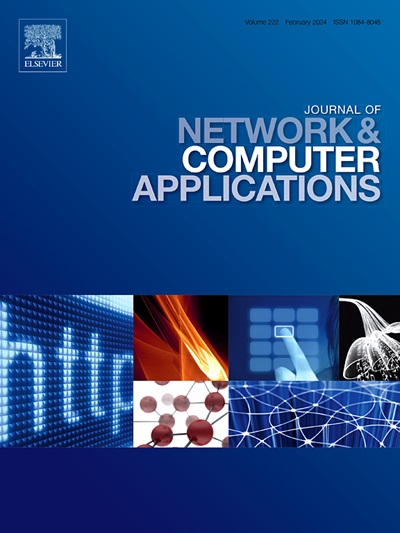清晰的数据,清晰的道路:输入缺失的数据,以增强互联自动驾驶汽车的交叉路口流量
IF 8
2区 计算机科学
Q1 COMPUTER SCIENCE, HARDWARE & ARCHITECTURE
引用次数: 0
摘要
城市交叉口管理影响着交通安全和交通流量。特别是随着联网自动驾驶汽车(CAV)、行人和骑自行车的人越来越多,低效的控制可能会导致拥堵、延误和事故风险增加。由于物理障碍、干扰、网络问题或故障传感器导致的数据通信故障可能会造成信息缺口,从而对管理解决方案产生负面影响。本文提出了一种基于车辆与基础设施之间持续数据通信的自动驾驶汽车交叉口管理系统。该系统进行冲突分析,识别潜在的碰撞,同时动态调整车辆速度。为了解决信息缺失的问题,我们采用平滑时间序列插值方法的一种方法——分段三次埃尔米特插值多项式(PCHIP)对数据进行插值。仿真结果表明,动态自适应交叉口控制系统(DAICS)在数据丢失情况下保持了高性能,与基线算法(Intersection Management for Autonomous Vehicles, IMAV)相比,平均行驶时间减少了68.4%。本文章由计算机程序翻译,如有差异,请以英文原文为准。
Clear data, clear roads: Imputing missing data for enhanced intersection flow of connected autonomous vehicles
Urban intersection management affects traffic safety and flow. Particularly with the increasing presence of Connected Autonomous Vehicle (CAV), pedestrians, and cyclists, inefficient control can lead to congestion, delays, and an increased risk of accidents. Data communication failures due to physical obstacles, interference, network issues, or faulty sensors can create information gaps that negatively impact management solutions. We present an intersection management system for CAVs that relies on continuous data communication between vehicles and infrastructure. The system performs conflict analysis to identify potential collisions while dynamically adjusting vehicle speeds. To address missing information, we incorporate data imputation usingPiecewise Cubic Hermite Interpolating Polynomial (PCHIP), a method for smooth time series interpolation method. Simulation results demonstrate that Dynamic Adaptive Intersection Control System (DAICS) sustains high performance under data loss scenarios, reducing average travel time by 68.4% compared to the baseline algorithm, Intersection Management for Autonomous Vehicles (IMAV).
求助全文
通过发布文献求助,成功后即可免费获取论文全文。
去求助
来源期刊

Journal of Network and Computer Applications
工程技术-计算机:跨学科应用
CiteScore
21.50
自引率
3.40%
发文量
142
审稿时长
37 days
期刊介绍:
The Journal of Network and Computer Applications welcomes research contributions, surveys, and notes in all areas relating to computer networks and applications thereof. Sample topics include new design techniques, interesting or novel applications, components or standards; computer networks with tools such as WWW; emerging standards for internet protocols; Wireless networks; Mobile Computing; emerging computing models such as cloud computing, grid computing; applications of networked systems for remote collaboration and telemedicine, etc. The journal is abstracted and indexed in Scopus, Engineering Index, Web of Science, Science Citation Index Expanded and INSPEC.
 求助内容:
求助内容: 应助结果提醒方式:
应助结果提醒方式:


